News from Computer Society
www.computer.org
Edisi November 2010
Gigabit Wi-Fi Is on Its Way
Abstract:
The recently ratified IEEE 802.11n standard is today’s fastest Wi-Fi technology. But users want even faster versions for applications such as wireless video.
File: mco2010110011
Worm Targets Industrial-Plant Operations
File:mco2010110015
—————————————-
New Bluetooth Version Offers High Speeds and More Applications
A standards organization has finished work on the newest version of the Bluetooth short-range, wireless-communications technology. Bluetooth 4.0 will offer high data rates and work with low-power devices such as medical and physical-fitness sensors.
The Bluetooth Special Interest Group expects to adopt the standard by the end of this month, when product manufacturers must finish testing the specification to make sure it operates properly with and between different devices, said SIG executive director Michael Foley. The technology will begin appearing in devices by the end of this year, he added.
The new standard consists of three technologies that can be implemented on a single chip: Classic, High-Speed, and Low-Energy Bluetooth. To conform to the standard, device makers will have to implement at least the Low-Energy version. They can then decide whether to add Classic or High-Speed Bluetooth.
Integrating multiple functions in a single Bluetooth chip enables manufacturing efficiencies, said Andrew Borg, senior research analyst for wireless and mobility with the Aberdeen Group, a market research firm.
Classic Bluetooth is the familiar standard that wirelessly connects devices and peripherals at about 3 megabits per second over a range of up to 10 meters with normal power usage and 100 meters with enhanced transmitters. It uses the 2.4-GHz frequency band.
High-Speed Bluetooth adds IEEE 802.11g Wi-Fi when higher data rates—typically 54 Mbps—are desired. This also represents Bluetooth 3.0’s typical highest speed. The transmission range is up to 100 meters.
Bluetooth 4.0 will offer an option to use IEEE 802.11n radios, which can be more expensive but also boost speeds even more, said Nick Taluja, director of product marketing for connectivity solutions with wireless-technology vendor ST-Ericsson. 802.11n radios would permit a theoretical maximum data rate of about 150 Mbps, fast enough to transfer large files such as audio or video.
Low-Energy Bluetooth, which uses the 2.4-GHz spectrum band, could conserve energy in cellular phones and could also be used in devices powered by small coin-cell batteries such as wristwatches, as well as insulin, glucose, or blood-pressure monitors.
The technology could, for example, take information from a pedometer and transfer it via cellular phone to a PC application, said Foley. Also, a Bluetooth-equipped watch could display a mobile phone’s incoming-caller-ID data.
This technology would work with the same radio as Classic Bluetooth but save energy by sending small amounts of data at rates of about
1 Mbps, Taluja explained. It also turns off the radio when not in use.
ST-Ericsson expects Low-Energy Bluetooth to be one of the fastest-growing wireless technologies ever, partly because it will work with mobile phones, which have a massive installed base, Taluja noted.
Many product developers are already working on designs using the Bluetooth 4.0 draft, which is now stable, he added.
Borg predicted wide consumer adoption but said there may be initial challenges in implementation and interdevice communication because the standard’s low-energy approach is so new.
Source: Computer Magazine, IEEE
Computer
June 2010 (vol. 43 no. 6)
ISSN: 0018-9162


